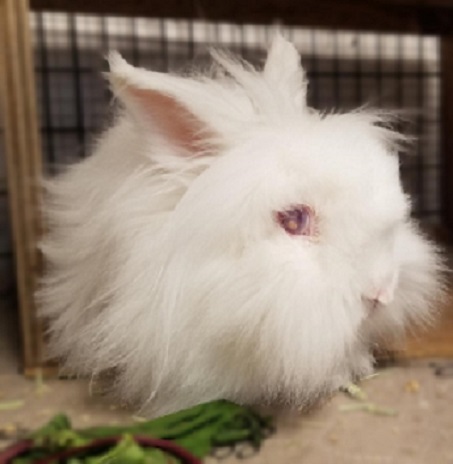Shared by Stephen Kitar, Host of WTBQ’s “Food For Thought” radio show, Master Butcher, Sam’s Meat Warehouse.
The Canary Islands are not just a destination; they’re a lesson in living—and eating. Over a week spent traversing Fuerteventura, Lanzarote, Tenerife, Las Palmas, and Funchal, I discovered more than stunning landscapes and unhurried island rhythms. I found a food culture that’s deeply tied to the islands’ unique geography and history, offering specialties you won’t find anywhere else.
Fuerteventura: The Art of Sitting Still (and Savoring Lapas)
In Fuerteventura, the first thing you notice is what’s missing. Coffee isn’t served in to-go cups. There are no hurried sips while dodging traffic or catching a train. If you want coffee, you sit. And once you’ve mastered the art of slowing down, you can savor the island’s culinary treasure: lapas.
Lapas, or limpets, are small, chewy shellfish that cling to the volcanic rocks at the edge of the sea. They’re served simply, grilled with a drizzle of mojo verde—a tangy green sauce made with cilantro, garlic, and olive oil. Pair them with a cold beer or a crisp white wine, and you’ve got a dish that tastes of the ocean itself, unpretentious and utterly perfect.
Lanzarote: A Taste of Volcanic Earth
Lanzarote’s stark volcanic landscape may seem inhospitable, but it’s home to a thriving wine culture. The island’s winemakers have mastered the art of cultivating vines in volcanic ash, creating some of the most unique wines in the world. Malvasía, a dry white wine with floral notes, is the star here and pairs beautifully with papas arrugadas—“wrinkled potatoes.”
These tiny, salt-crusted potatoes are boiled in seawater and served with mojo picón, a red sauce that’s smoky, garlicky, and just spicy enough to make you reach for another sip of wine. It’s a dish born of simplicity, elevated by the island’s natural flavors.
Tenerife: Barraquito and Bananas
Tenerife, the largest of the islands, doesn’t just invite you to slow down—it insists on it. One sip of a barraquito, the island’s signature layered coffee, and you’ll understand why.

A barraquito is a work of art: condensed milk, espresso, Licor 43 (a sweet Spanish liqueur), and a splash of steamed milk, all topped with a sprinkle of cinnamon and a sliver of lemon peel. It’s dessert masquerading as coffee, and it’s best enjoyed while sitting at a café, watching the world drift by on island time.
Tenerife is also famous for its bananas, small and intensely sweet. These plátanos canarios are a staple of the local diet and feature in many dishes, from savory to sweet. Try plátanos fritos (fried bananas) alongside grilled fish for a surprising yet harmonious combination.
Las Palmas: Gofio and Island Traditions
Las Palmas, with its blend of cosmopolitan energy and old-world charm, is the perfect place to dive into gofio, a cornerstone of Canary Island cuisine. Made from roasted grains like wheat or maize, gofio is a finely ground flour that’s used in everything from soups to desserts.
One of the most traditional dishes is gofio amasado, a dough-like mixture of gofio, honey, and almonds. It’s a simple, hearty food that connects you to the island’s agricultural roots. For a more modern twist, try gofio ice cream—a creamy, nutty delight that’s a testament to the islands’ ability to innovate while honoring tradition.
Funchal: A Sweet Farewell
Though technically part of Madeira, Funchal shares the Canary Islands’ love for simplicity and freshness. End your week with bolo de mel, a traditional honey cake spiced with cinnamon, cloves, and fennel. It’s dense and rich, perfect with a glass of Madeira wine.
And don’t miss espetada, skewered beef grilled over open flames and seasoned with garlic and bay leaves. The smoky, aromatic meat is a fitting farewell to an island experience that’s as grounded as it is extraordinary.
A Lesson in Slowing Down (and Savoring Every Bite)
The Canary Islands don’t just feed you; they teach you to appreciate what you’re eating. Each dish tells a story of resilience, of making the most of what the land and sea provide. From the oceanic brine of lapas to the comforting warmth of barraquito, every bite and sip is a reminder of why slowing down matters.
Here, you don’t just visit—you recalibrate. You learn to sit down for coffee, to marvel at how an island can remain so untouched by the frenzy of modern life, and to savor a cuisine that’s as much about place as it is about flavor.
And when you finally leave, it’s not just the taste of mojo or the aroma of gofio that lingers. It’s the understanding that life, like good food, is best enjoyed slowly.










